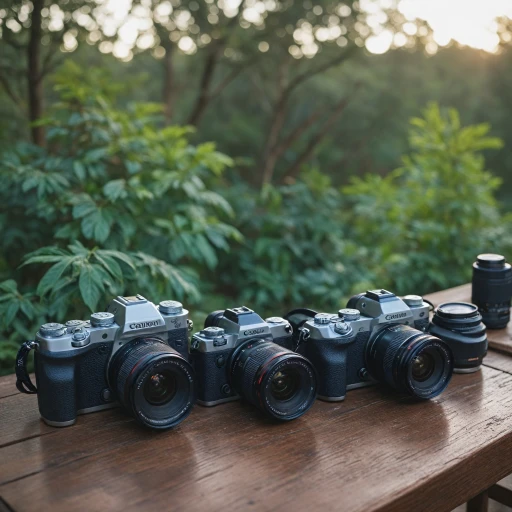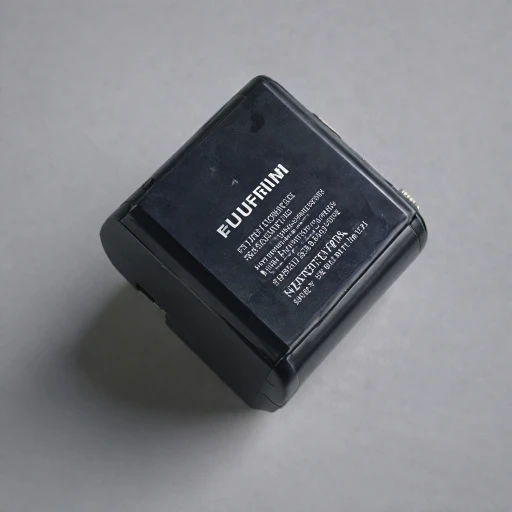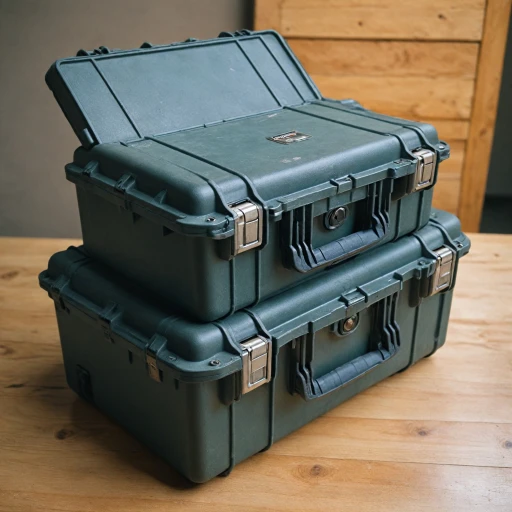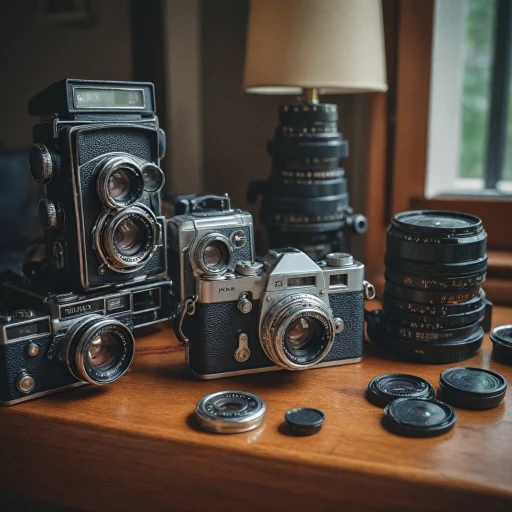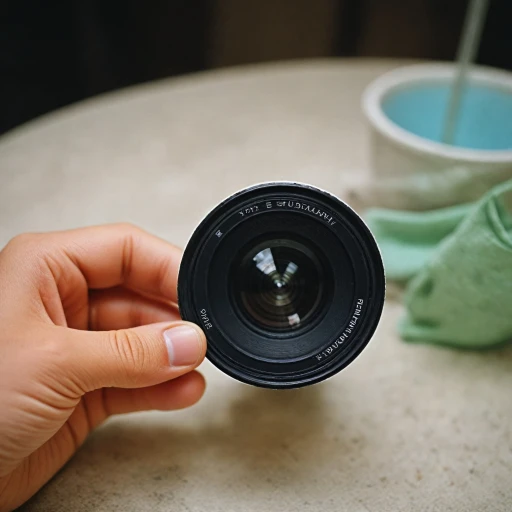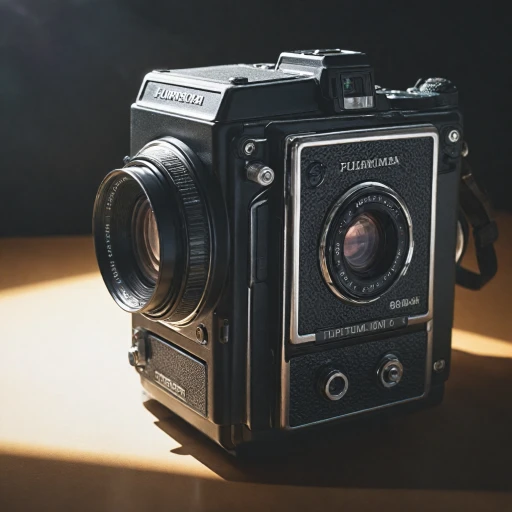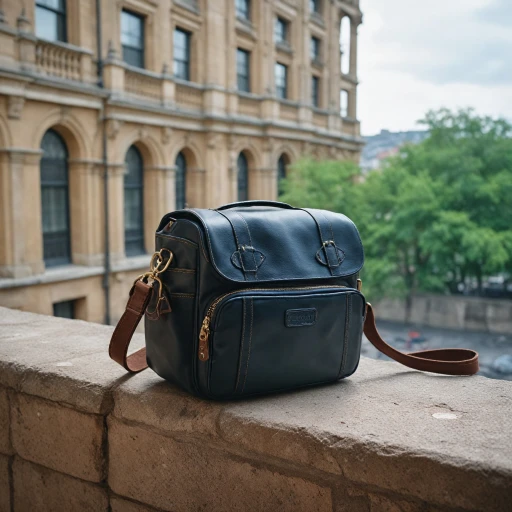
Understanding the Importance of a Mountable Tripod
Grasping the Value of Stability in Photography
When it comes to elevating your photography, the role of a mountable tripod is indispensable. Whether you're capturing breathtaking landscapes or achieving sharp focus for live streaming, the steadiness provided by a tripod can significantly enhance your images. The solid support it offers ensures that even in gusty conditions or low light settings, your shots remain crisp and clear. For those who own a camera or smartphone and aspire to capture superior photos, understanding the existing tripod market is crucial. Not only does a tripod stabilize your camera, but it also provides innovative angles and perspectives. For instance, using a wall mount adapter or exploring with heavy duty telescope mounts can unveil new dimensions in your photography, lending an authentic and professional appearance to your shots. In a market flooded with numerous options, from the affordable to the pro-level tripods, selecting the right product can feel overwhelming. Factors such as the mount tripod options, quick release features, and weight capacity play a pivotal role in your decision. Additionally, consider the phone holder compatibility if you're exploring phone tripod solutions for mobile photography. Investing in a quality tripod isn't just about stabilizing your current camera. It's about expanding your toolkit to accommodate potential future gear like a holder for a tablet or a camera mount for larger lenses. To find a holder that meets your demands, reviews and price comparisons are essential for maximizing value and functionality. For more insights into the smallest Arca Swiss plate crafted in the USA, ensure you're equipped with the right accessories to complement your tripod's capabilities click here.Key Features to Look for in a Mountable Tripod
Selecting a Tripod: Must-Have Features
When diving into the world of photography, knowing the right features to look for in a mountable tripod can elevate your work. With so many options on the market, understanding these key features will guide you to a smarter purchase and help you get the most value for your money.
- Stability and Material: Opt for a heavy duty tripod made from durable materials like aluminum or carbon fiber. This ensures stability and longevity, especially in outdoor conditions.
- Weight and Portability: Consider how portable the tripod is. A lightweight, original design can be a game changer for travel. Check reviews for insights on portability.
- Height Range: The height should suit your needs, whether telescopic for varied angles or compact for space-saving storage.
- Mount Types and Compatibility: Compatibility with various devices is a huge plus. Look for tripod mounts that can hold different gear, from phones to cameras or even telescopes.
- Quick Release and Ease of Use: Features like a quick release plate can save you time when swapping equipment. Ensure the holder and camera mount are easy to use and adjust.
- Price and Value: Weigh the current price against features. While the original price indicates potential value, the price current may be more favorable.
To further explore robust options, consider examining models like the arca-swiss plate, crafted for precision. As you compare products, keep these features in mind to find the perfect mount tripod for your creative pursuits.
Comparing Different Types of Mountable Tripods
Evaluating Tripods for Your Photography Needs
When it comes to enhancing your photography, the right tripod can make a significant difference. But with numerous options available, how do you choose the right one? Let's break down some various types and what each offers so you can add to your camera equipment arsenal wisely.
- Phone Tripod: Perfect for those who frequently use their smartphones for photography or live streaming. With a phone holder, these are compact and versatile. Look for options with a quick release feature for easy setup and packing.
- Camera Tripod: Ideal for photography enthusiasts and pros. They come with features to help stabilize your shot, like a heavy duty build and a variety of mounts.
- Wall Mount Tripod: These are perfect for studio work or more permanent setups. It's mounted on a wall, saving space and offering a full-view angle.
- Telescope Mount: Best for astro-photographers who need to stabilize their cameras for night sky views. Its detailed original design allows precise adjustments.
- Explore Scientific Mounts: This type is tailored for research or exploration purposes where the subject requires full details and consistent stability.
Considering the price current for a reliable tripod, it’s worth noting that some can be expensive. However, the investment is often justified by the product’s durability and versatility. To save original costs, watch for sales or bundle options where you can add to cart with included adapters or mount accessories.
Don’t forget to check reviews and compare their original prices to the price current. Understanding these differences can help you make an informed purchase, ensuring your investment meets your photography needs. Remember, the right choice will not only enhance your sessions but will adapt to your different shooting scenarios, allowing you to explore the capabilities of your camera gear fully.
Setting Up Your Mountable Tripod for Optimal Use
Setting Up Your Tripod for Success
To get the most out of your mountable tripod, proper setup is crucial. Whether you're using a camera tripod, phone tripod, or a telescope mount, ensuring stability and optimal positioning can make a significant difference in your photography. Here’s how to set up your tripod effectively:
- Choose the Right Location: Before you mount your camera or phone, find a stable surface. Uneven ground can lead to shaky shots, so look for a flat area to place your tripod.
- Adjust the Legs: Extend the tripod legs to the desired height. For heavy-duty models, ensure each leg is locked securely to prevent any movement. If you're using a wall mount or a quick release system, double-check the stability.
- Use the Tripod Mount: Attach your camera or phone using the appropriate mount. A camera mount or phone holder should be securely fastened to avoid any accidents. If your tripod comes with an adapter, make sure it's compatible with your device.
- Level the Tripod: Use the built-in level, if available, to ensure your tripod is perfectly horizontal. This is especially important for live streaming or when using a telescope for precise viewing.
- Secure the Head: Once your device is mounted, adjust the tripod head to your desired angle. Lock it in place to maintain the view you want to capture.
By following these steps, you can save time and effort, ensuring your tripod setup is both efficient and effective. Remember, the details matter, and a well-set tripod can enhance the quality of your shots significantly. Whether you're capturing landscapes or doing live streaming, a stable setup is key to professional results.
Common Mistakes to Avoid When Using a Mountable Tripod
Missteps to Avoid When Utilizing Your Tripod
When incorporating a tripod in your photography toolkit, certain common oversights can hinder your best efforts. An effective and efficient use of a tripod is crucial, not just for standard photoshoots but for recording live streams or mounting various devices like cameras and phones.- Ignoring Compatibility: Ensure your tripod mount is compatible with your camera or phone holder. Checking the full details of a product and consulting reviews can save you from getting a holder or adapter that doesn’t align with your needs. Original price might differ from the current price and investing wisely can prevent future headaches.
- Neglecting to Tighten Fasteners: It's vital to check all screws and fasteners, especially when using a heavy-duty tripod or an advanced camera mount. These can become loose over time. Failing to secure your mount tightly could result in shaky photos or, worse, a damaged camera or phone.
- Setting Up on Unstable Surfaces: Avoid placing your mountable tripod on uneven or unstable surfaces. This can compromise stability, especially if your current setup includes a sophisticated adapter or heavy equipment. A mounted telescope or camera requires a steady base for clear captures.
- Underutilizing the Quick Release Feature: The quick release plate is a savior when you need speedy adaptations. First, ensure your quick release is securely attached to prevent sudden drops. Take the time to properly engage it as you mount and dismount equipment.
- Disregarding Environmental Factors: Be mindful of weather and terrain. Windy environments can topple even the sturdiest setup. If you’re considering shooting in less-than-ideal conditions, explore scientific options like adding a wall mount for added stability.
Maximizing Your Photography with Advanced Tripod Techniques
Elevating Your Skills with Advanced Techniques
To truly maximize the potential of your photography setup, incorporating advanced techniques with your mountable tripod can make a significant difference. Here’s how you can get the most out of your tripod, whether you're using a camera, a phone, or even a telescope.- Quick Release for Efficiency: One vital feature of a tripod is the quick release system. This allows for swift attachment and removal of your camera or phone. This feature is especially useful during fast-paced shooting scenarios like events or live streaming. Connect your camera or phone holder securely to the quick release to enhance your workflow.
- Positioning for Stability: When setting up your mountable tripod, especially if it’s a heavy duty or wall mount, ensuring stability is essential. Spread the legs to their maximum width and adjust the legs at different heights on uneven surfaces to maintain balance. Use the camera mount or phone tripod mount to check the level of your device, ensuring that the shots are straight.
- Playing with Angles: Take advantage of the versatility offered by your tripod’s adaptable angles. Tilt and pan your camera or phone to explore scientific photography angles that were previously challenging. Adjust the ball head or pan head to concentrate on the subject from various viewpoints, offering a unique perspective.
- Utilize Reviews for Insight: Checking product reviews and comparing quick release systems or adapter functions with other models can give you additional insight into which configuration best suits your needs. Pay attention to the original and current price details, ensuring you get the best value and save your budget.
- Experiment with Time-Lapses and Long Exposures: For stunning landscape photography or night sky telescope shots, use your tripod to stabilize the camera for long exposures or time-lapse sequences. This technique allows you to capture motion in a still frame, resulting in original and creative shots.


